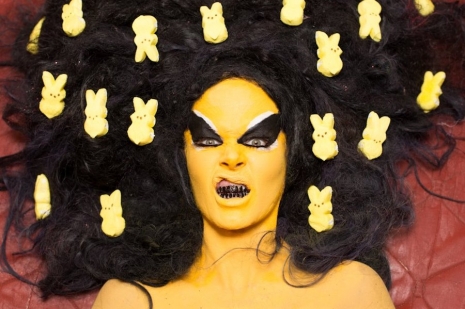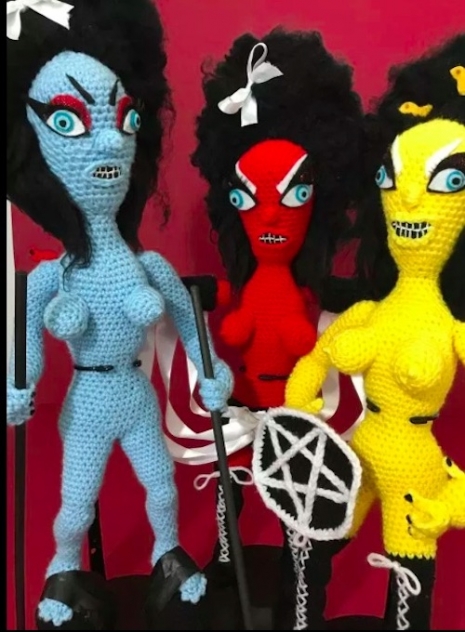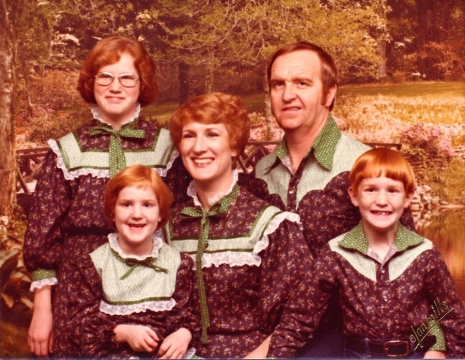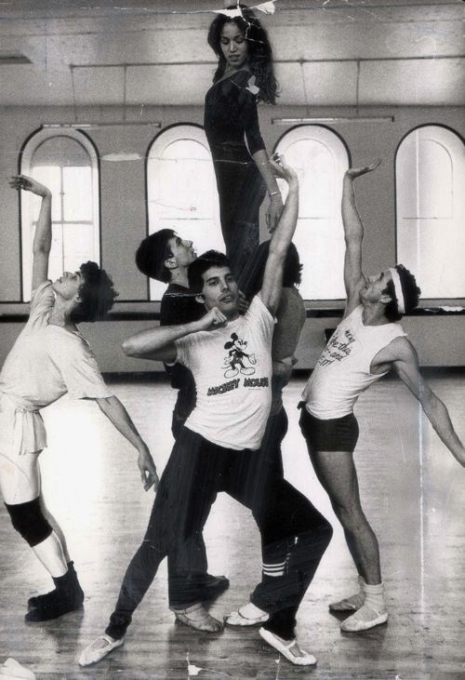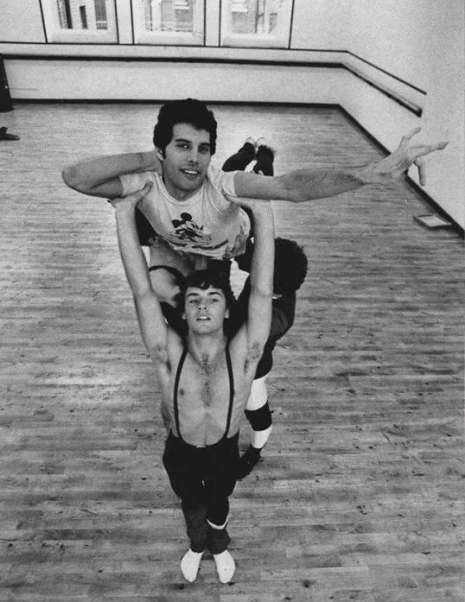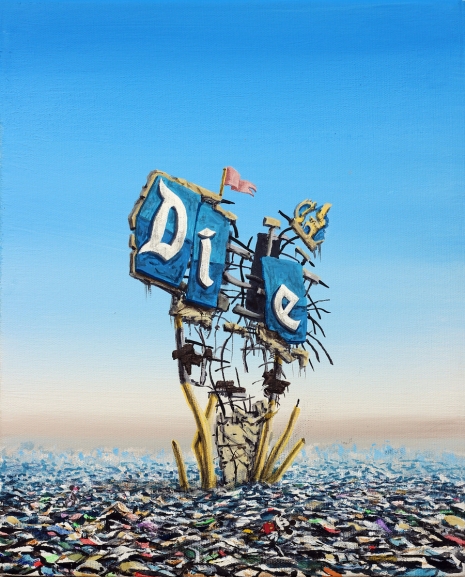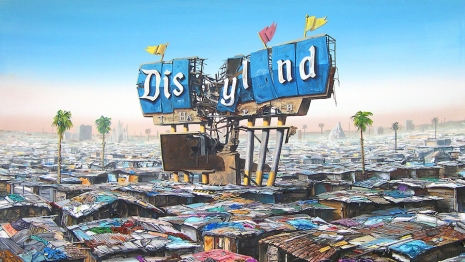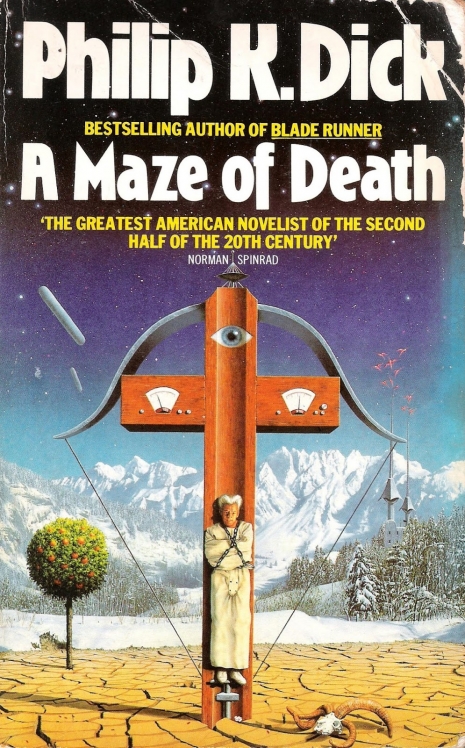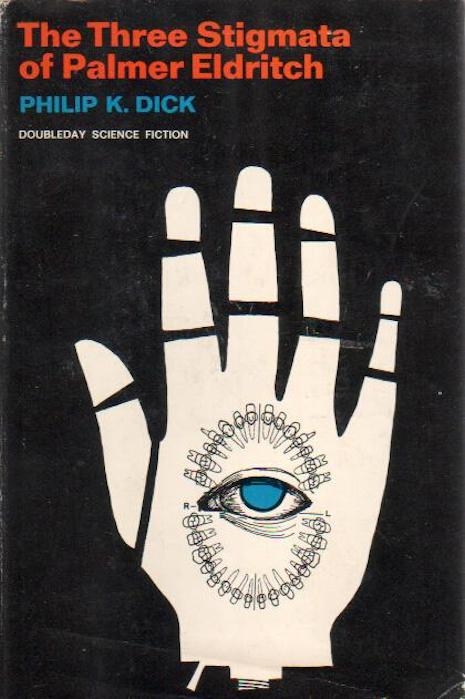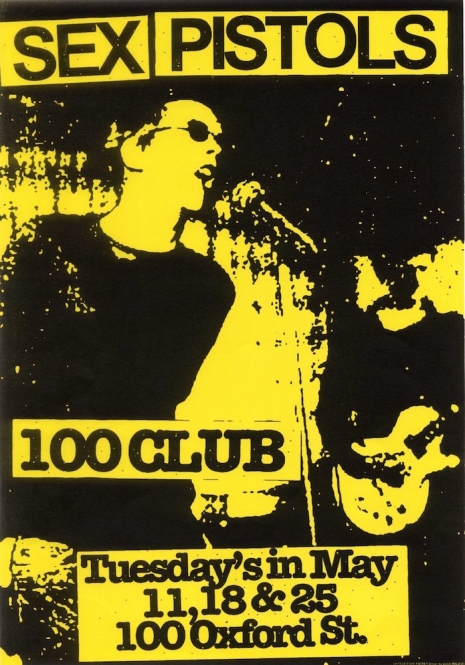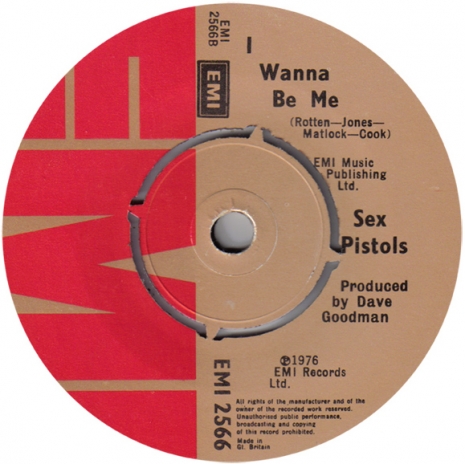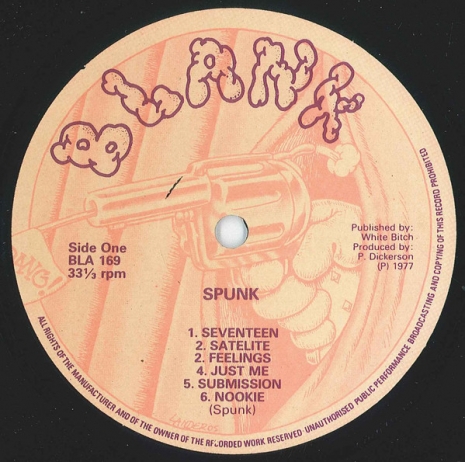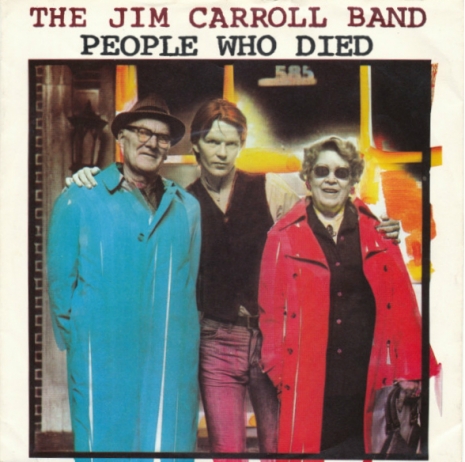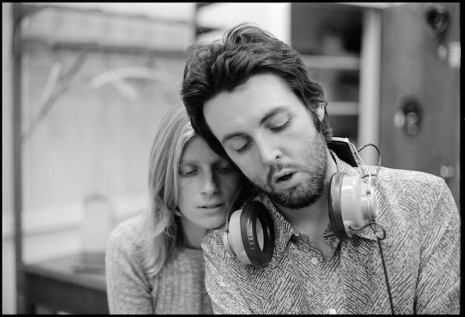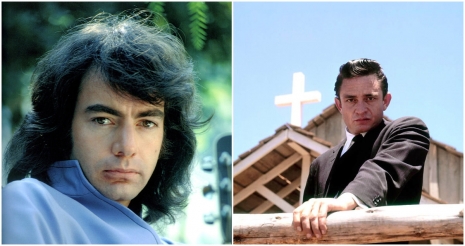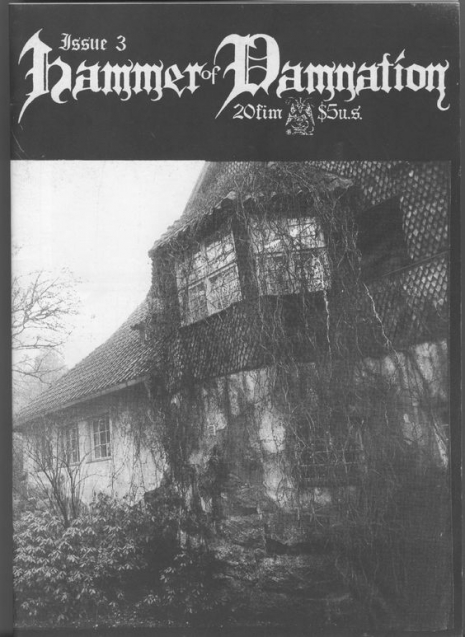
The cover of Finnish black metal fanzine Hammer of Damnation, February 1993. Read it in its entirety here.
After being inspired by coming across the cover of a 1986 edition of Danish metal fanzine Metallic Beast, I went on a long vision quest in search of other fanzines in the black metal and heavy metal arena. Fanzines were the custodians and keepers of artifacts produced by counter-culture heroes and artists on the fringe before the Internet showed up. Bands would often create their own, but the true heroes behind this pop-culture staple are, of course, the fans who tirelessly self-published the zines because they lived and breathed (in this case) all things heavy and metal.
Heavy metal fanzines were incredibly popular in Portugal during the 80s and 90s. Beautifully cataloged here, you can see the grim covers of many of the zines published there such as Abismo, and one referred to as the “most prestigious” metal fanzine in the country, Renascimento Do Metal, or Metal’s Rebirth. Some fanzines have been painstakingly scanned and posted online such as Finnish black metal magazine Hammer of Damnation (pictured at the top of this post), and early-80s napalm nugget, The Headbanger. Launched in Los Angeles by then-teenager Bob Nalbandian, the first issue of The Headbanger came to be in 1982. Nalbandian witnessed the birth of heavy metal in that city, and his fanzine, one of the first dedicated to getting the good word about LA bands like Armored Saint and Malice, was an instant hit. In 2012, Nalbandian and Japanime Publishing (Tokyo) joined forces to create an ebook for The Headbanger in all its DIY glory. Early 80s Brazilian fanzine Rock Brigade would go on to become a fully-realized metal publication by the mid-80s and has since earned the distinction of being the longest-running music magazine in Brazil’s history.
Was it possible for me to post images from all the great fanzines out there praising all things metal and darker? Nope. Not by a long shot. Nonetheless, what follows is a pretty deep dive into the world of metal fanzines from across the globe, some of which you’ve likely never seen before.
Devil horns OUT.
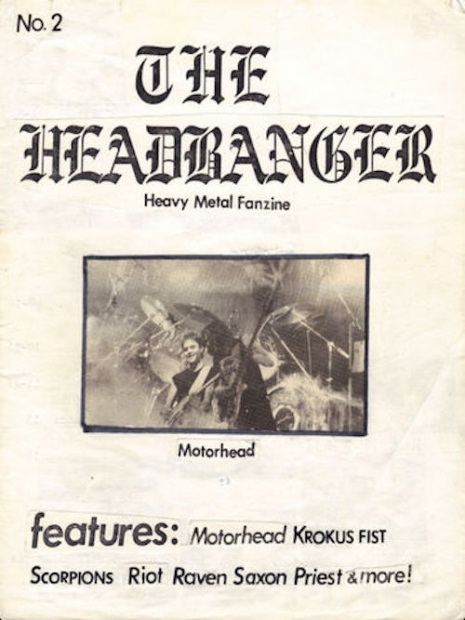
Issue #2 of Bob Nalbandian’s The Headbanger fanzine. The table of contents is pictured below.
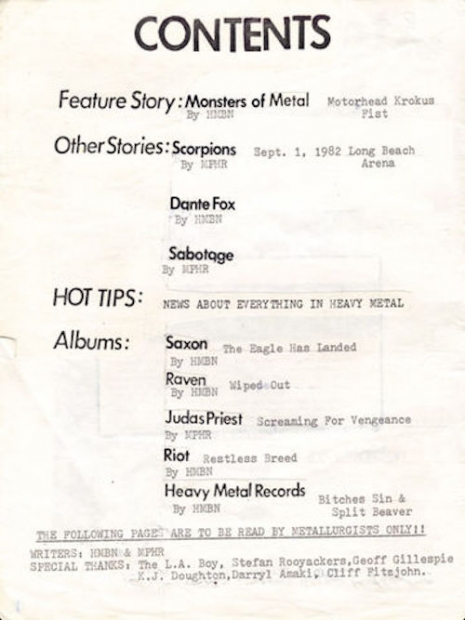
More metal mayhem after the jump…






